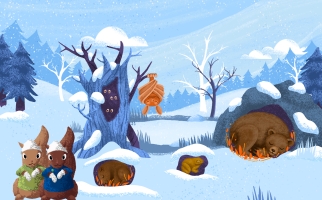
Winter in the Woods Interactive
Interactives
Click around the interactive image below to learn more about animals that hibernate in Canadian winters.
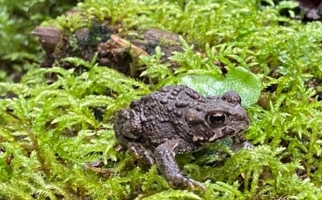
Frogs, toads, salamanders, and newts, oh my!
Backgrounders
Learn about amphibians, their life in the coastal temperate rainforest biome, and how you can help them out!
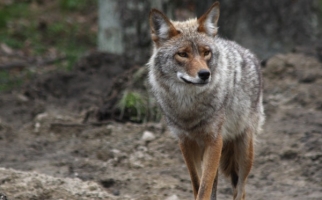
Coyotes: Coming to a town near you?
STEM Explained
Learn why coyotes are spreading in Canada and how this affects their relations with humans.
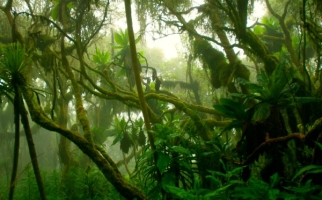
Tropical Rainforest Biome
Backgrounders
Learn about the location, plants, animals, human impacts and conservation of tropical rainforest biome.
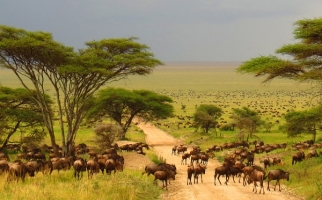
Savanna Biome
Backgrounders
Learn about the location, plants, animals, human impacts and conservation of the savanna biome.
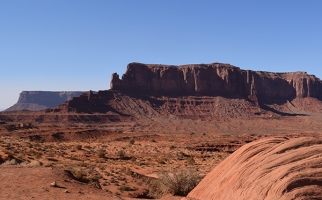
Desert Biome
Backgrounders
Learn about the location, plants, animals, human impacts and conservation of the desert biome.
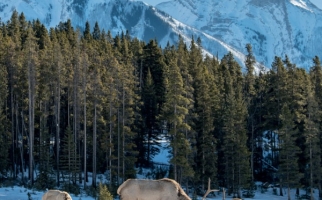
Boreal Forest/Taiga Biome
Backgrounders
Learn about the location, plants, animals, human impacts and conservation of the boreal forest/Taiga biome and meet Anne-Claude Pépin who is a fire management technician.
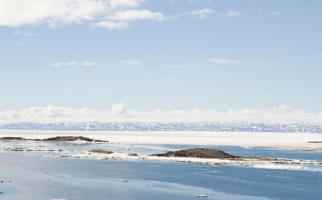
Arctic Tundra Biome
Backgrounders
Learn about the location, plants, animals, human impacts and conservation of the arctic tundra biome.
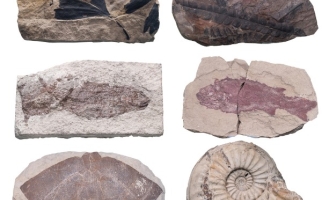
Why Scientists Believe in Evolution
STEM Explained
Scientists have accumulated so much evidence in the theory of evolution that it is one of the most widely-accepted theories in science.
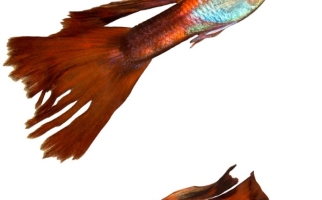
Why are Guppies so Diverse?
STEM Explained
Different members of a species can have different traits. You can see this in a species found at your local pet store - guppies!
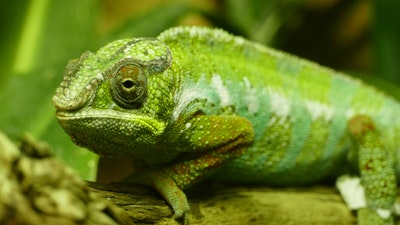
How do animals hide?
Hands-on Activities
Play a game of hide and seek to discover how animals can hide in plain sight!
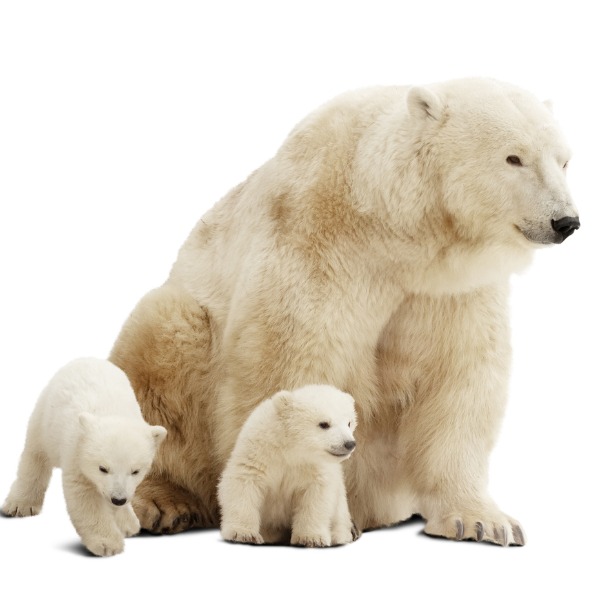
How do animals stay warm in the winter?
Hands-on Activities
Animals have some unique adaptations to stay warm. Discover what conduction of heat and insulation have to do with staying warm!

Do Woodpeckers Get Concussions?
STEM Explained
Pecking puts a lot of force on a woodpecker’s brain. But scientists think woodpecker bodies are adapted to help keep them from being injured during pecking-related collisions.
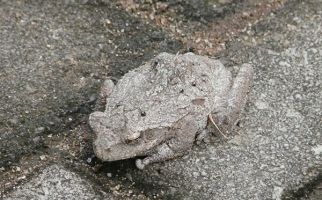
Animal Adaptations
Lessons
Students develop and apply collaboration & communication and computational thinking skills to learn the ways in which animals adapt to their environments.
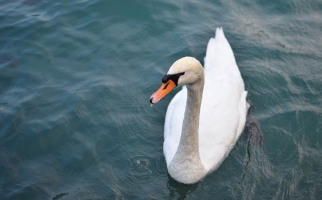
Birds: Aquatic
Picture Collections
12 images of some birds such as seagulls, puffins, ducks and Canada Geese that live on or around freshwater or saltwater habitats